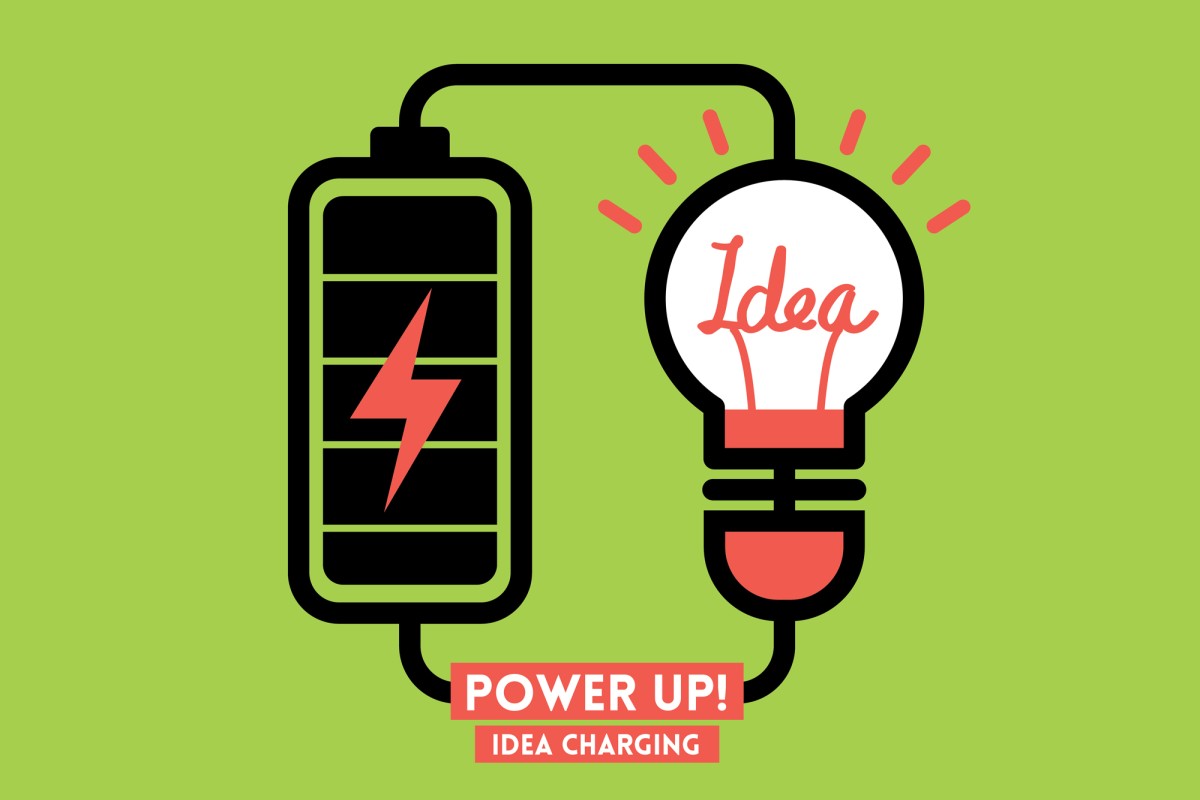
Hong Kong is a city of bright lights and technology, with its citizens glued to phones and tablets. But none of this would be possible without the battery

Imagine a world without batteries. Given all our portable devices, we would need to carry a power cord everywhere we went if the battery had not been invented.
The first "modern" battery was invented by Alessandro Volta back in 1800. It consisted of stacks of zinc and copper metals separated by cloth soaked in brine. Needless to say, it was bulky and did not provide much energy.
Since then, a great deal of progress has been made to make the battery rechargeable and to reduce its size and weight.
Notable discoveries include the lead-acid battery (Gaston Plante, 1859) , the nickel-cadmium battery (Waldmar Junger, 1899), the nickel-metal hydride battery (1967) and of course the lithium-ion battery (Sony, 1991).
The lead-acid battery, even after more than 150 years, is still one of the main batteries used in daily life, especially in vehicles. Its major drawback is its low energy density (around 30-40 Wh/kg) because lead is heavy. If we used lead-acid batteries in cell phones, we would be carrying a "brick" around all day.
Lithium is one of the lightest chemical elements. So the same amount of energy can be stored with less weight, which is why it is so commonly used in mobile phones and laptops. Commercial lithium-ion batteries are typically based on the lithium cobalt oxide (LiCoO2)-graphite (C) system. This allows a practical energy density of about 200 Wh/kg, more than five times that of a lead-acid battery.
Can we store more energy in less weight, or in a smaller volume? This would involve changing the materials used in the positive and negative electrodes.
High-voltage oxide materials with larger storage capacities, together with silicon, are actively being researched as possible next-generation battery materials. Energy density could be increased by about 50 per cent if these new materials are adopted.
To increase the energy density further, you would probably need to use lithium metal as the negative electrode. This is challenging because lithium metal is highly reactive and cannot be handled in air. Lithium-sulphur and lithium-air are two systems that are being explored, because they have a theoretical energy density of 2,300 Wh/kg and 10,000 Wh/kg, respectively.
Even though their practical energy density may not be as high in reality, these two options will probably be developed in the future to explore their potential.
Reducing the battery's size and weight is a much more efficient way to use energy, and is better for the user, as your mobile phone lasts longer, your car battery is lighter, and so on.
As electric vehicles are slowly replacing some petrol-consuming vehicles, it may be tempting to compare the energy density of petrol (about 13,000 Wh/kg) to that of the battery. This, however, is not a fair comparison. Petrol and batteries serve different functions: one is to generate energy, and the other to store energy. Even when fossil fuels run out in the future, the battery will still be able to power our vehicles from renewable sources.